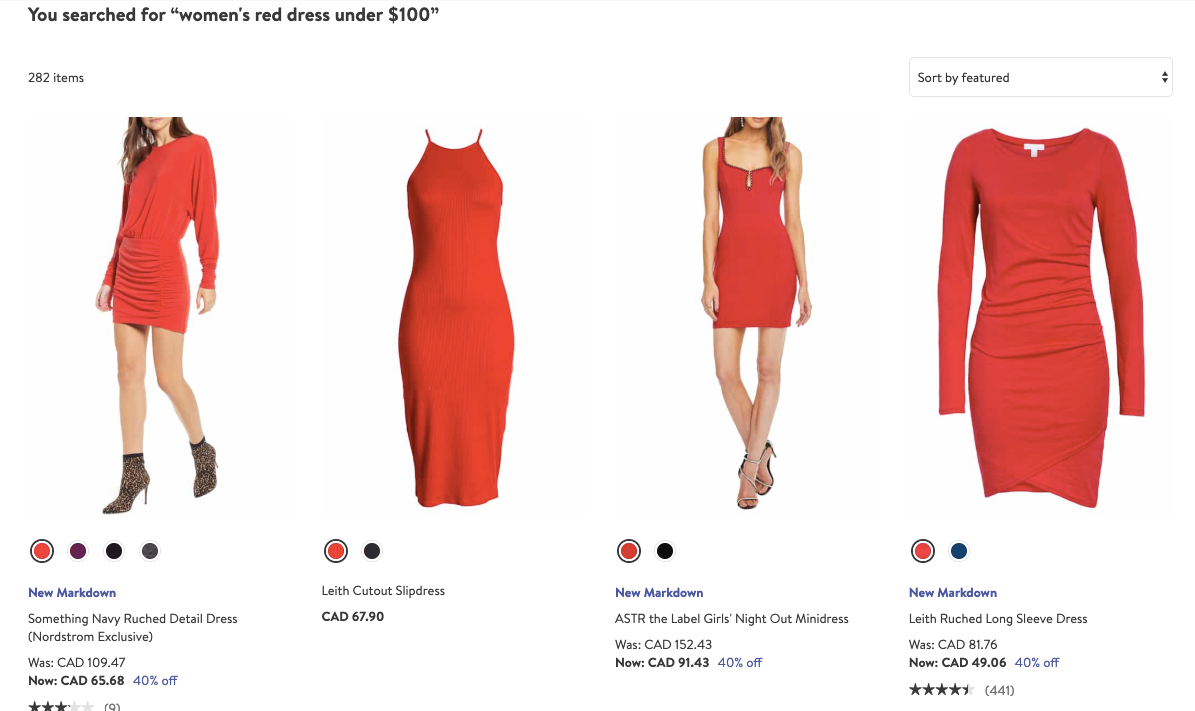Implications of Big Data for Marketing Success [Video]
Big data is defined as “extremely large data sets that may be analyzed computationally to reveal patterns, trends, and associations, especially relating to human behavior and interactions.” They are data sets that are too large and complex to deal with (such as capture, storage, analysis, sharing, transfer, analyzing, etc) by traditional data-processing software, and as a result, require more heavy lifting.
There is a definite trend towards more and more big data in today’s world, and as a result, we have much more information to help provide insights, which could improve everything from the quality of our lives, healthcare, how we build our cities, and even our marketing campaigns.
Here are 5 key considerations to help you understand how big data may impact your marketing.
1. More Targeted Advertising
As more and more data is captured and becomes available to marketers, businesses will be armed with even more information to better understand how to target their audience. This is already being done by looking at everything from click patterns to individual site and overall web usage by Facebook and Google. Increasingly, third-party companies will do this to the best of their abilities, which will allow advertising to become further focused.
For example, a large travel company, such as TripAdvisor, may gather information on people’s ongoing travel habits, and from there be able to better understand what other products to advertise as a result. Where are people going? What types of restaurants, sites and climates are they going to, and as a result, what other offerings will they require to go to those specific locations now and in future? If they only head to tropical and humid places, perhaps they can serve up ads for beauty products that will help you handle humidity: hair products to control frizz, top sunscreens to help you stay sun-safe, or the best skincare regime to help you handle the heat.
Expedia is another example – once booking a hotel in a particular location, you’ll notice that shortly before your trip, they will start to send recommendations for restaurants, car rentals, and other relevant info that is in that same location.
2. Natural Language, or Semantic Search Intent
Big data and machine learning will make it easier to understand what users are searching for, in terms of their real intent based on natural language searching. This won’t be so tied to short keyword phrases, but overall goals of the searcher. With this information, marketers will have the ability to provide a better site search user experience to serve up content in a way that resonates.
The search functionality of an ecommerce site is one of the most important tools for conversion rates. Implementing semantic search will help to understand a searcher’s intent to generate more relevant results. For example, suppose you are searching for a specific product – a “women’s red dress under $100”. A typical text-based search function on an ecommerce site may completely misunderstand what you are looking for and return zero results. Or it could return inaccurate results for products containing some of the keywords you searched for, like “red”, dress”, or “women’s”. The best user experience, however, would be like the search result received below on the Nordstrom.com website:

If your site search functionality is unable to provide the right results for the searcher’s intent, you’ll be sure to see a negative impact on your conversion rates.
3. Deeper Personalization with Increased Relevancy
A Customer Data Platform (CDP) is “a type of packaged software which creates a persistent, unified customer database that is accessible to other systems. Data is pulled from multiple sources, cleaned and combined to create a single customer profile. This structured data is then made available to other marketing systems.”
With greater customer insights will come a greater ability to understand what campaigns will be relevant to each person. As a result, increased personalization will be possible, leading to even better customer experiences throughout the buyer’s journey.
An example of this is when Netflix and Amazon serve up recommendations based on your prior viewing and purchase history.
4. Stronger Analytics
As the amount of data in this world is doubling every year, we’ll have more and more to analyze and sort through, and will need the help of machines to process all of it.
Marketers will still need to help interpret and make decisions on how this data is best used, but we’ll have to work together with machines, which will result in even stronger ability to use all of this information effectively.
5. Better Testing
With all of this data available, we’ll be able to refine our testing further. Instead of having to manually test single variants, we’ll have the option to use algorithms to help us test multiple variants more conclusively by factoring in additional data based on users previous visit histories.
As an example, one version of your landing page may be more effective to a small business operator, while the second version may be more effective to an enterprise audience. Marketers will be able to use these insights to enhance their websites in a way that they’re more appealing and relevant to specific audiences, and automatically serving up different versions as a result of prior user historical behaviours.
Summary
To Summarize, implications of Big Data for marketing success include:
- More Targeted Advertising
- Natural Language, or Semantic Search Intent
- Deeper Personalization with Increased Relevancy
- Stronger Analytics
- Better Testing
While companies will need to determine their own strategies for how big data will help best improve their business, it is definitely something that is on the minds of many to help increase efficiency, improve decision-making, and allow quicker reactions to change.
Now that you know more about how Big Data can impact marketing, please check out our recent blog posts covering useful Inbound Marketing tips. If you liked this video, subscribe to the Umami Marketing YouTube Channel and the monthly Digital Marketing Postcard.
I’ll be back again in the new year to answer more of your questions. See you in March!


